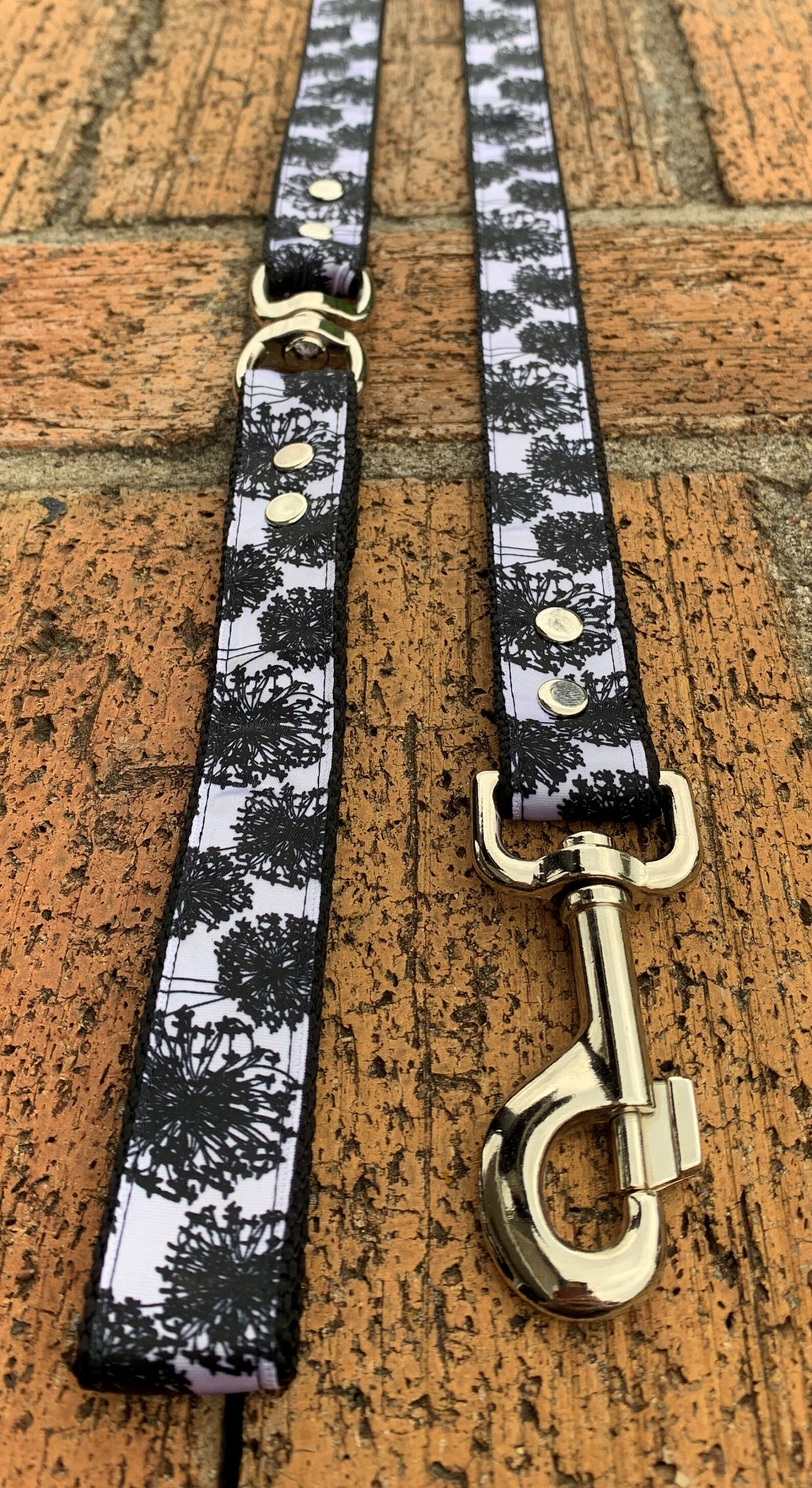

Turn your volume down low and mix the music with the drums until you hear everything the way you like it, then turn it up loud and listen to hear if the power is where you want it. Your guitars/bass/keys/kazoo should be mixed well so that everything can be heard as much as it needs to be heard without drowning out the drums.
#SNAPPY SNARE LEASH FULL#
Overall, nothing will help you more than a good balance within the full mix. I almost always use reverb just on the snare and (to a lesser extent) the toms.
.jpg)
After I tweak the master compression to the point where I like the volume I'm getting, I can go back to the transient shaper for the snare (or kick etc) and adjust that to try and bring a little more of that attack out.Īs far as reverb goes, I take care of that after the fact by bussing out the kit pieces to dedicated reverb AUX channels. If I compress the master bus too hard, I lose all that power and those transients I worked so hard to get, but if I don't compress then people might think it sounds weak because they don't believe in volume adjustment on their iphones. This last step is the most important for me, because it's a very delicate balance between "loudness" and power. A soft knee will preserve as much of the transient as you want (using the attack and release settings) but the result can clip easily if you push the gain too high. A hard knee will "limit" your signal, letting you make it much louder without clipping but you will lose the transient. This is where soft vs hard knee becomes critical. This varies very much depending on the song and the snare sound, but a general rule I've learned is that the harder you limit the more of the transient is lost. The hamonic exciting/distortion is important because I've already "shaped" out some of the overtones with the EQ curve and dampening, and with a good multiband harmonic exciter I can add some distortion to the fundamentals, making them fuller and easier to hear in the mix (if you don't have a multiband exciter you can bus the snare out to a bunch of AUX channels, each with an exciter and EQ so that you can filter out all the frequencies you don't want and the mix that to taste). With a transient shaper I usually just boost a tiny bit so it doesn't clip and start throwing off what the limiter will be doing later in the chain. I actually don't use straight compressors on my drums that much anymore, I've been moving more towards harmonic distortion and transient shaping+limiting instead of just a standard compressor. After that I play around with the 8-10khz for the high end. Generally I find that 200hz gives me the punch I need, then a very fine cut at about 500hz to remove excess "ping" (some snares have this problem as high as 1khz) and then boost between 3.5-5khz depending on where the sweet spot of the snap is. Like I said before, 200hz and 3.5-5khz are the places you want to check first.
#SNAPPY SNARE LEASH FREE#
Listen to a huge snare from an album you love, chances are you'll hear a decay that is relatively overtone free and very clean, that means it's a reverb (or well used room recording, which is basically a natural reverb). Left un-dampened those overtones would dominate the mix. What gives a snare huge natural decay are the overtones, so when you compress a snare to make it sound loud, you're boosting all those overtones, many of which will conflict with other elements in your song. Most of the big huge snares you hear are actually pretty well dampened, the size you're hearing is from a well used reverb.


Here's my checklist for how I go about mixing my snares (well all drums usually):ġ. EQ is great and necessary (200hz and 3500-5000hz are generally your most important frequencies for a good snappy snare) but you want to make sure you have a good solid transient to work with, especially considering how insanely overcompressed our music is these days. What you want is a good transient shaper.


 0 kommentar(er)
0 kommentar(er)
